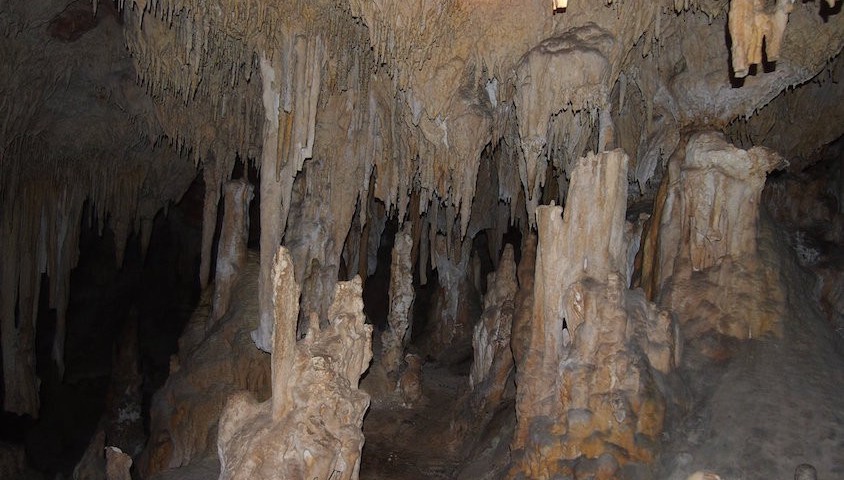Stalagmites are formed from the slow and steady drip of mineral-rich water from a cave’s ceiling over thousands of years, making them suitable to use as a record of sorts.
Previously, these stone formations have been used to show climate change over long periods of time, but now researchers have begun to consider what they might tell us about more discrete events, such as wildfires.
Published this week in the open-access journal for the European Geosciences Union (EGU), Hydrology and Earth Systems Sciences, research compiled by UK and Australian-based scientists details potential for the practice based on data collected from Yonderup Gave in Western Australia.
Lead author of the paper and researcher at the Australian Nuclear Science and Technology Organisation and the University of New South Wales, Pauline Treble said that she was first drawn to the caves as a record of ancient climate. As a shallow cave system, Yonderup was an ideal site to reveal changes in rainfall and temperature over time.
“We monitored two drips in the cave expecting to see responses in the data that we could attribute to climate. But the results were surprising,” Treble said in a press release associated with the published findings.
The data Treble and her colleagues collected showed a marked difference at the two sites that could not be explained by changes in regional climate, but something much more local.
“This is when we started to consider whether the intense wildfire that had occurred six months before monitoring started was responsible for the inconsistent data.”
While this discovery holds potential for studying the actions of past fires, there’s also a problem with the technique: the signature that fire leaves in cave formations is incredibly similar to that caused by general changes in the climate.
This is because researchers focus on changes in two isotopes of oxygen as indicators of climate, but Treble’s research shows that this data may be impacted by local events like wildfires, particularly in historically fire-prone regions like Australia and the southern Mediterranean.
Taken all-in-all, this new research shows that researchers must be very thorough when drawing conclusions from dripwater cave data, but that this information could be even more illuminating than previously thought.
According to Treble’s student, Gurinder Nagra: “Our results show for the first time that wildfire changes cave dripwater chemistry, and this chemistry will be preserved in stalagmites”.


